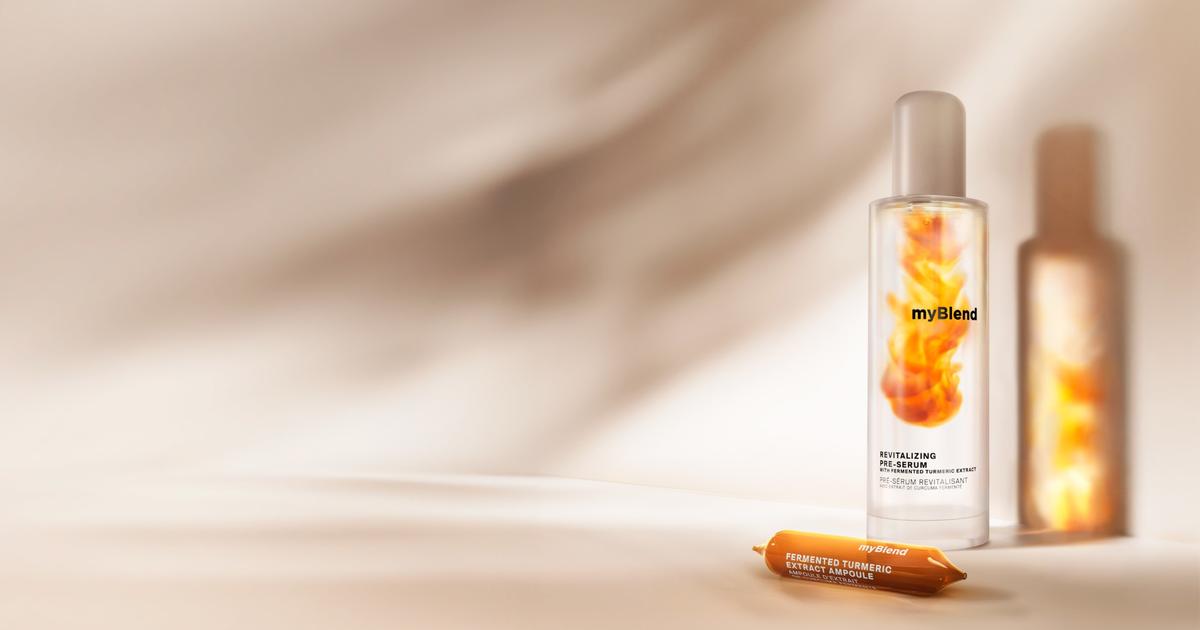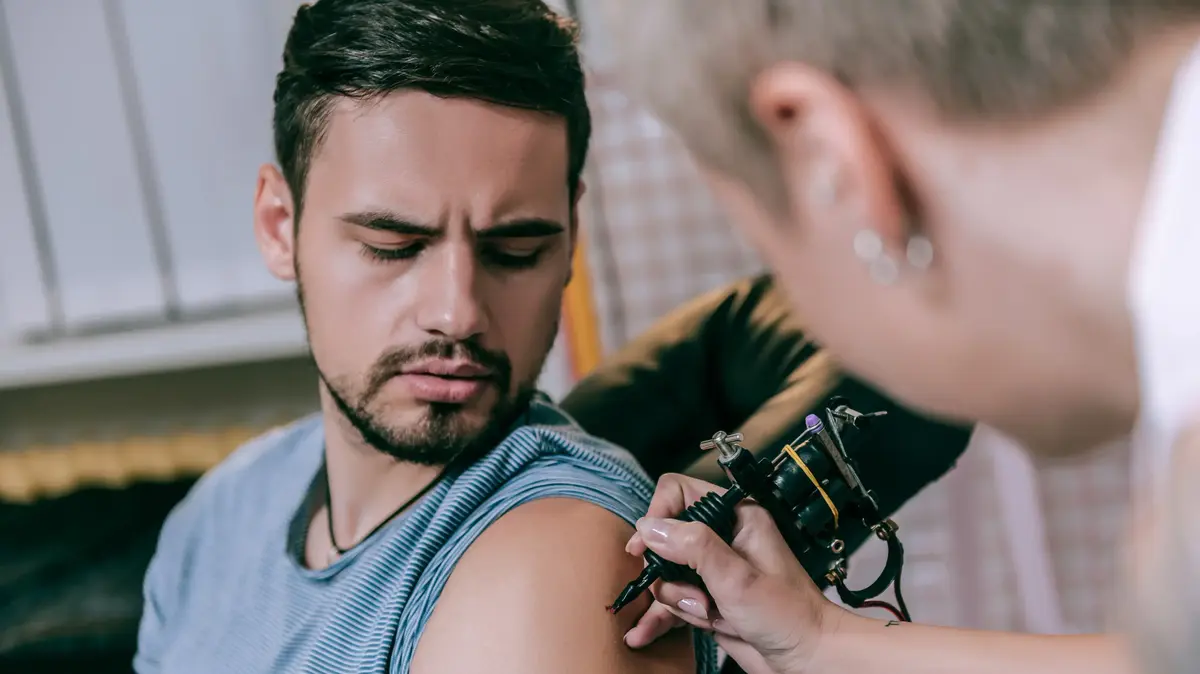Marcelo bellucci
12/27/2020 4:04 PM
Clarín.com
Society
Updated 12/27/2020 4:04 PM
With a concept similar to smart watches, but without the need for screens or integrated circuits,
sensory tattoos
become a non-invasive option to
monitor physical, chemical and biological parameters of the body
.
Some are removed as an adhesive and others, for patients with chronic diseases, are permanent.
Flexible circuits that are stamped onto the skin can constantly measure
temperature, humidity, blood oxygen levels, and heart function
.
Other more advanced sensors record the changes in respiration produced by the coronavirus.
In recent weeks, for the first time, an international consortium succeeded in synthesizing an impression material that is applied to the body
without the use of heat
.
This advance will allow the direct recording of tiny sensors that transfer data to the phone at a low cost.
Dermal tattoos to monitor chronic diseases such as diabetes and kidney failure
Until now, the technique used was
sintering
, a process that requires temperatures of around 300 degrees to bind the silver nanoparticles that make up the sensor.
The results were published in the journal ACS Applied Materials & Interfaces.
"The surface of the skin cannot withstand such a high temperature, obviously. To avoid this limitation, we add a sintering aid layer, something that does not damage the dermis and helps the material to sinter at room temperature" explains Huanyu Cheng, from Penn State University's Department of Mechanical and Engineering Sciences.
Researchers use an air blower, such as a cold-set hair dryer, to remove the water that is applied as a solvent in the ink.
Using a novel technique, an international team of researchers imprinted sensors directly on human skin.
Ling Zhang, Penn State
“The removal does not harm the skin either.
That is important for people with sensitive skin, such as the elderly and babies.
The device can measure different parameters without being an extra burden for the person or the environment ", they explain.
In what is seen as the first step towards
personalized medicine
, scientists at the University of Munich designed
three dermal tattoos
to monitor chronic diseases such as diabetes and kidney failure.
Instead of injecting the colored inks, organic engineering specialists composed a colorimetric analytical formulation that fixes on certain areas of the body and can record changes in some biomarkers such as
pH, glucose and albumin
.
The three dermal tattoos designed by experts from the University of Munich
Thus, with these medical tattoos, the pigmented skin areas
vary in color as they register changes
in the pH of the blood.
Its power resides in that the colors change as the concentrations of the biomarkers change.
They can prevent diseases or attacks
.
"The applications of dermal sensors can extend to the detection of electrolytes, proteins, pathogens, gases and dehydration status," says Ali K. Yetisen.
Another recent advance in this area, published in Science Advances, is enabling the implantation of 3D-printed sensors
in the lungs or the heart
, complex organs that change shape or distort due to expansion and contraction.
Unlike traditional techniques, a colorimetric analytical formulation is injected that is fixed in certain areas of the bodyEFE / Juan Diego López.
Using this procedure, researchers at the University of Minnesota were able to successfully capture a living tissue in expansion on an animal lung, without causing damage to the organ.
It is a microscopic device with the ability to stretch and adapt to the movement of the lung surface.
The sensor transmits this contraction as part of a process of real-time monitoring of the tension as it expands and contracts.
This technology could be a very useful tool when it comes
to caring for patients with Covid-19
.
"We are learning a lot about the long-lasting effects of COVID-19 on the human body. Technology like this could be used to monitor changes in respiratory function during and after coronavirus infection," says Michael McAlpine, professor of mechanical engineering. from the University of Minnesota.
These tattoos that change color in the face of certain reactions, work as a body indicator.
For patients with diabetes, who must prick themselves several times a day to control glucose levels and administer the right insulin doses, researchers at the University of California, San Diego designed a temporary tattoo that is drawn on the arm.
Each picture corresponds to a measurement, such as uric acid levels, heart rate, temperature, glucose, pH, EKGs, depth of sleep, and respiratory rate.
The tinctures are injected under the skin and can analyze interstitial fluid, which is found between blood vessels and cells.
The dyes placed under the dermis react chemically to measure the different concentrations.
Their variations are reflected in changes in the color of the pigments housed in the patient's skin.
DD







